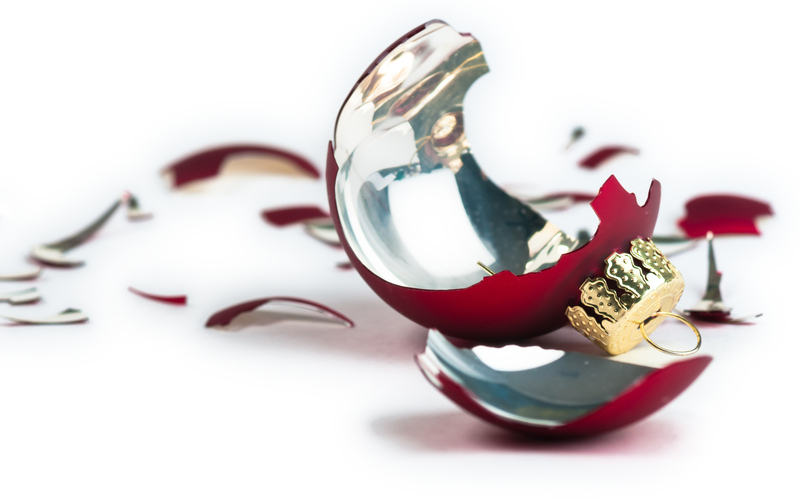The Great Exchange - Part 2
Sign up for a six month free
trial of The Stand Magazine!
This Sunday, the Western world will celebrate what the Christian faith deems to be the central moment in human history – the death, burial, and resurrection of Christ. But what exactly are we celebrating this Easter weekend, and what does it really mean to the believer?
Ed Vitagliano, AFA executive vice president and a pastor of more than 30 years, explains, in a three-part series, the personal application of the death, burial and resurrection of Christ as it relates to the power of Easter in the life of the believer.
The first installment discussed what it means to be born of the flesh, bound by sin yet freed through the blood of Christ. This second installment examines the believer’s struggle with sin and what the power of Christ’s death, burial and resurrection over personal sin actually means.
Free from sin?
How little life seems to change after we become Christians. If “the old things [have] passed away,” why do I seem to act like the man I was before I met Christ? If I am free, why do I still seem to act like a slave? If I am spirit, why do I still seem to be trapped by my flesh?
In Scripture there is an ethical purpose to everything God does in humanity – i.e., a true change in behavior seems to be one of the objectives of redemption.
After all, when God says to Pharaoh through Moses, “Let My people go,” it is for the purpose expressed in the very next words: “that they may serve Me” (Exodus 8:1).
Even in John 8:31-36, where Jesus announces the freedom that comes through the Son of God, true freedom is expressed as a coming out from under the dominion of sin. “[E]veryone who commits sin is the slave of sin,” Jesus says, but the Son sets men free, and if He does, “you will be free indeed.”
There is clearly a divine intention that we who are free will not continue to sin as a lifestyle. We will not, John says in 1 John 3:4-10, practice sin.
But how does this victory over sin occur? Does it happen because we will it to happen – i.e., through human determination?
Dead, buried and raised
The answer to this puzzle is also found in the momentous power of Easter. The core of the gospel, as explained by Paul in 1 Corinthians 15:3-4, is that “Christ died for our sins according to the Scriptures, and that He was buried, and that He was raised on the third day according to the Scriptures.”
Note the sequence of events: “died … buried … raised.”
We celebrate these historical events and their power to set us free through the blood of Christ – and rightly so. But the often over-looked power of these historical events is the manner in which God has applied that victory to the lives of His children.
1. We died with Christ on the cross.
Paul says in Romans 6:6, “knowing this, that our old self was crucified with Him, in order that our body of sin might be done away with, so that we would no longer be slaves to sin.”
Now, we understand that Paul does not mean to suggest that we were literally crucified alongside Jesus Christ. So what could he mean by this statement? It is clear the apostle meant that God considered us crucified with Jesus.
Which us does he mean? It is the “old self” or, as some translations put it, the “old man.” This is the fleshly life that existed before regeneration.
2. We were buried with Christ when He was laid in His tomb.
In Romans 6:4, Paul says, “Therefore we have been buried with Him through baptism into death.” The act of being baptized is a symbol of burial – itself a sign that there is to be no rejuvenation of the old life. The crucifixion was final. The old man is dead and put away forever.
3. We were raised with Christ.
“For if we have become united with Him in the likeness of His death, certainly we shall also be in the likeness of His resurrection,” Paul says in Romans 6:5.
Death and burial is not God’s final word, for He considers us raised from the dead with Jesus Christ.
Like the core message of the gospel itself, the same pattern is applied to us: “died … buried … raised.” The purpose of it all is so that we might “walk in newness of life” (Romans 6:4).

Sign up for a free six-month trial of
The Stand Magazine!
Sign up for free to receive notable blogs delivered to your email weekly.



















